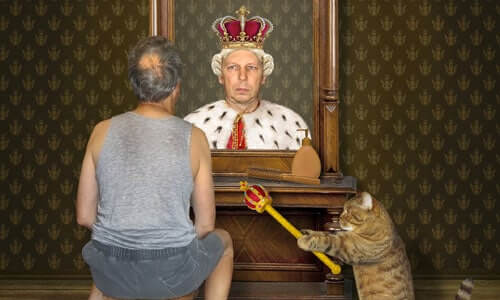11 Personality Disorders and Their Characteristics
3rd February 2020Introverts are often the misunderstood members of social groups. There’s an air of suspicion that surrounds them on account of their quiet nature. It can be seen as an inability to communicate, being socially awkward or even a lack of confidence. But there is great joy to had in being an introvert. And what’s more, there are more subtypes of introversion than you might imagine. Introverts aren’t just the quiet ones at the dinner table. There are four distinct personality types. If you’ve ever questioned yourself and why you operate differently to others, these archetypes could go a long way to validate your character.
Social Introvert
The classic type of introvert we all know. A social introvert is someone who categorically prefers to spend time alone. They will go out of their way to ensure that they have the amount of time to themselves that they need. But if they do socialise, it will only be with a very close-knit group of friends. The reason a social introvert chooses to live this way is they truly enjoy their own company and feel emotionally drained if they spend too long in the presence of others. It’s not the same as shyness or anxiety. Social introversion is a preference, which is often confused for a sense of aloofness or indifference.
Introspective Introvert
The introspective type is someone who spends a lot of time in their head. You could also think of it as a form of intellectual introversion. This person likes to think about everything they see and hear. They have a rich and complex inner world, which is unsurprising given it’s where they spend most of their time. But this is far from being a negative thing. The introspective type is extremely self-reflective. They’re adept at analysing social dynamics and very self-aware of the effect their presence has on a given situation. Some people have claimed that introspective types are lost in their own fantasy world, when, in actuality, they’re engaged in deep critical thinking.
Anxious Introvert
The anxious introvert is someone who has genuine struggles interacting with people where it can border on social anxiety. The actions of this individual are centred around their perceived inability to function in large gatherings of people. They will often decline invitations to events, not because they prefer their own company, but because they’re all too aware of the high state of anxiety that being around others will create for them. This type of introvert often finds themselves stuck in a loop. They will imagine their future experiences based on their previous interactions, rooting them in a mindset of low self-esteem. Cognitive Behavioural Therapy can go a long way to breaking these negative thought-patterns.
Restrained Introvert
The restrained type is a little less known but is actually quite common if you pay attention. This describes someone who holds themselves back and takes a little while to “warm-up” to people before completely putting themselves out there. These people aren’t afraid of social interactions, quite the opposite. Most of them do enjoy meeting new people, but they’re usually very selective about who they open up to, choosing to reserve the largest part of themselves for those who have earned their trust. This can make a restrained introvert seem mysterious. But they’re simply taking a back seat and observing before they take action. They always think before they speak, and once you have earned their trust, you’ve earned it for a long time.













